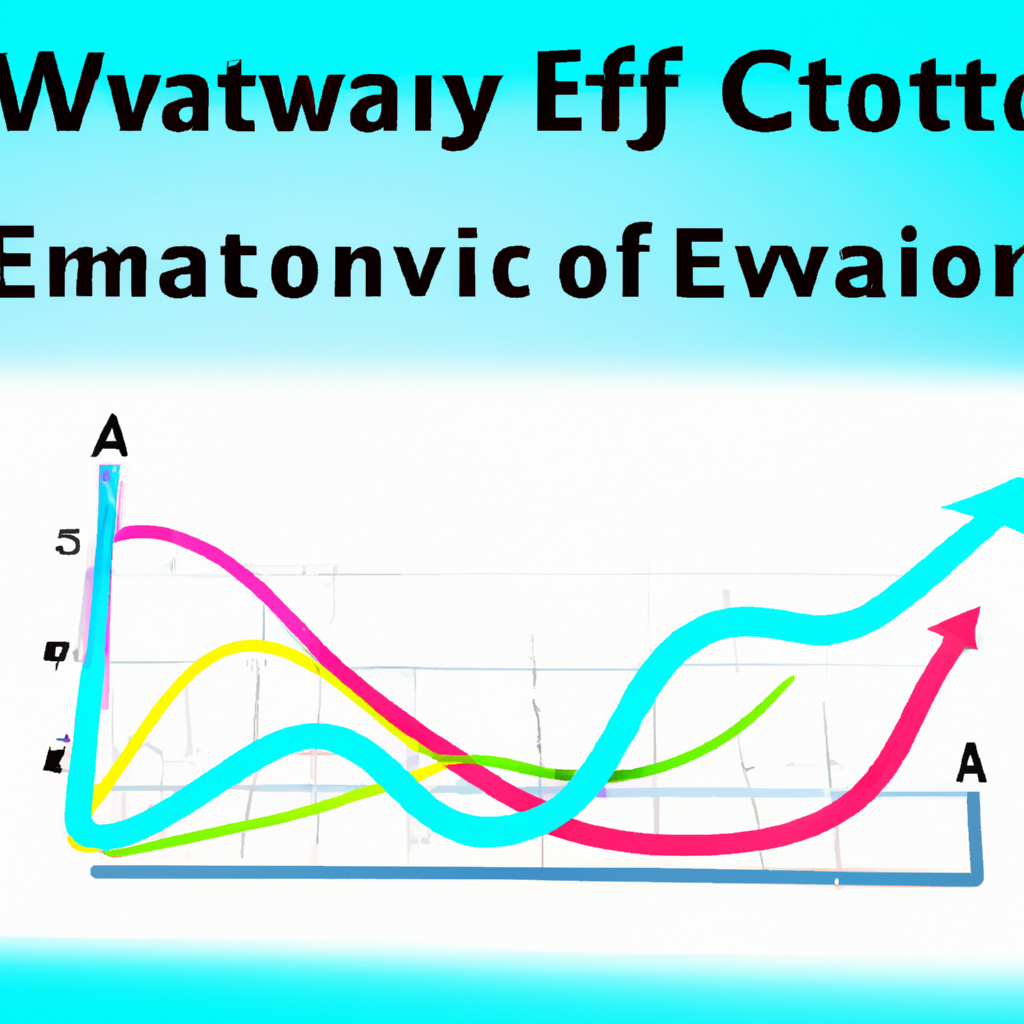Introduction
The Elliott Wave theory is a popular technical analysis tool used by traders and investors to predict future price movements in financial markets. Developed by Ralph Nelson Elliott in the 1930s, this theory suggests that market prices follow repetitive patterns, which can be identified and used to make informed trading decisions.
Understanding the Elliott Wave Theory
The Elliott Wave theory is based on the idea that market prices move in waves, alternating between periods of expansion and contraction. These waves are divided into two main categories: impulse waves and corrective waves.
Impulse Waves
Impulse waves are the directional movements of a market, reflecting the overall trend. They consist of five smaller waves, labeled as 1, 2, 3, 4, and 5. Waves 1, 3, and 5 are upward waves, representing the upward movement of prices, while waves 2 and 4 are downward waves, representing temporary price corrections.
Corrective Waves
Corrective waves, also known as counter-trend waves, are the temporary price movements against the overall trend. They consist of three smaller waves, labeled as A, B, and C. Wave A is a downward wave, wave B is an upward wave, and wave C is a downward wave again. Corrective waves aim to correct the price excesses created by the impulse waves.
Applying the Elliott Wave Theory
Traders and investors use the Elliott Wave theory to identify potential entry and exit points in the market. Here are some key steps in applying this theory:
Step 1: Identify the Trend
The first step in applying the Elliott Wave theory is to determine the overall trend of the market. This can be done by analyzing price charts and identifying the series of higher highs and higher lows for an uptrend, or lower highs and lower lows for a downtrend.
Step 2: Count the Waves
Once the trend is identified, the next step is to count the waves according to the Elliott Wave structure. Start by identifying the impulse waves (1, 2, 3, 4, and 5) and the corrective waves (A, B, and C).
Step 3: Determine Potential Reversal Points
Based on the wave count, traders can determine potential reversal points in the market. These are areas where the price is likely to change direction, either from an impulse wave to a corrective wave or vice versa. These reversal points can be identified using various technical analysis tools such as Fibonacci retracement levels, support and resistance levels, or trendline breaks.
Step 4: Confirm with Other Indicators
While the Elliott Wave theory can be a powerful tool on its own, it is often beneficial to confirm the wave count and potential reversal points with other technical indicators. This can include oscillators like the Relative Strength Index (RSI) or moving averages to provide additional confirmation of the expected price movements.
Step 5: Execute Trades and Manage Risk
Once the wave count and potential reversal points are identified and confirmed, traders can execute trades based on their analysis. It is important to implement proper risk management strategies, such as setting stop-loss orders and profit targets, to protect against potential losses and maximize profits.
Conclusion
The Elliott Wave theory is a valuable tool for traders and investors to analyze market trends and predict future price movements. By understanding the wave structure and applying the theory’s principles, traders can make more informed trading decisions and potentially increase their chances of success in the financial markets.

